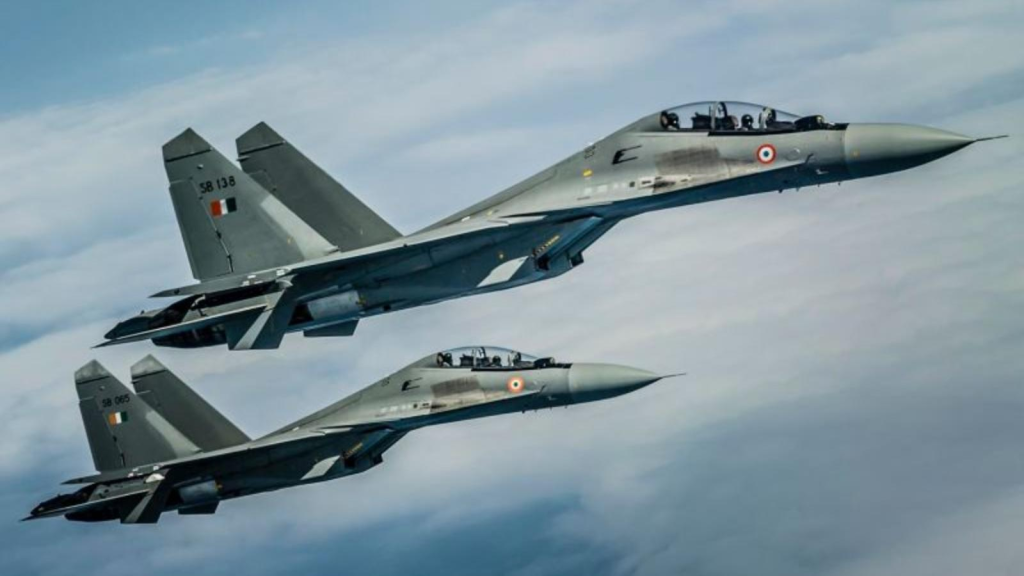
A dwindling fighter fleet has put India’s Air Force at a turning point, with only 29 squadrons left its lowest numerical strength since the 1960s. While China’s People’s Liberation Army Air Force (PLAAF) is expanding and modernizing at an impressive rate, India is confronted by a harsh choice: can technology, procurement policy, and industry policy bridge the increasing gap in regional airpower?

1. The Airpower Gap: Numbers and Strategic Realities
From 2014 to 2024, the PLAAF added 435 fighter and ground-attack aircraft, while India’s inventory dropped by 151. The PLAAF now boasts over 2,000 combat aircraft, dwarfing the IAF’s 900. China’s modernization includes the induction of nearly 200 J-20 fifth-generation stealth fighters, with annual production rates outpacing India’s entire new aircraft acquisition. India’s recent retirement of the MiG-21, which was a symbol of its collaboration with Russia and regional supremacy, has created a vacuum that can only continue to expand unless speedy decisions are taken. The Chinese Air Force, the People’s Liberation Army Air Force (PLAAF), is more powerful relative to the Indian Air Force (IAF) with respect to fleet and strategic inventory.
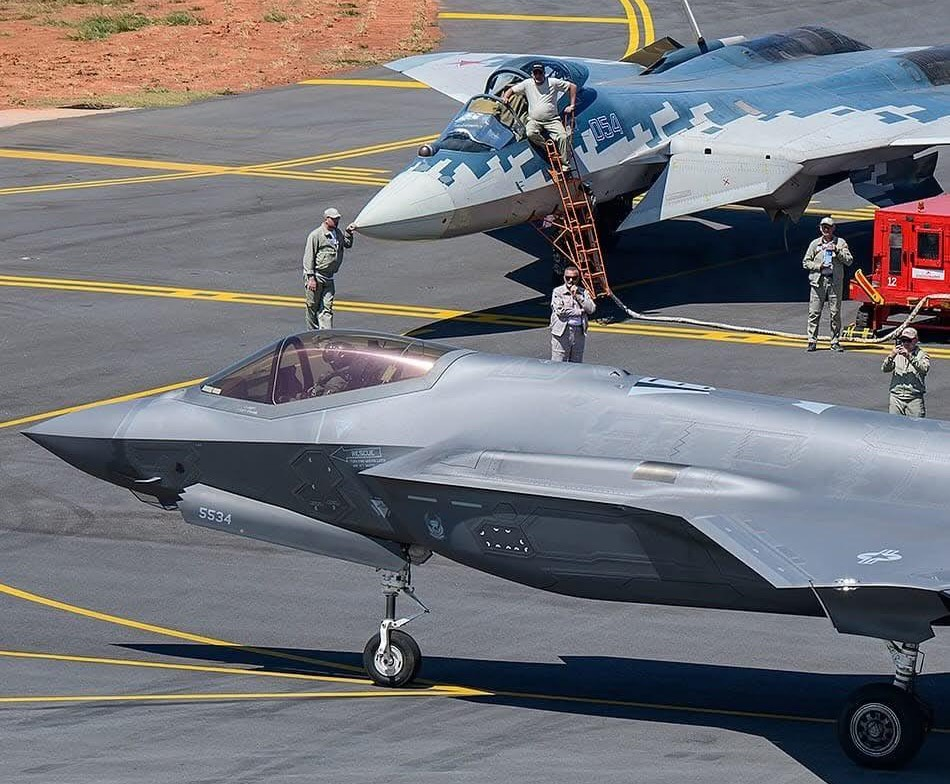
2. F-35 vs. Su-57: The Technical Divide
The US F-35 Lightning II and Russian Su-57 Felon are both fifth-generation fighter jets, but their engineering philosophies are quite different. The stealth of the F-35 is configured for all-aspect, low radar cross-section (RCS) operations, employing cutting-edge radar-absorbing materials and a smooth, blended airframe to develop an RCS of less than 0.005 m² in the frontal axis. Its sensor package comprises the AN/APG-81 AESA radar, Distributed Aperture System (DAS), and Electro-Optical Targeting System (EOTS), combining data for unrivaled situational awareness. The Pratt & Whitney F135 engine offers 191 kN of thrust, with a range of 2,200 km and a Mach 1.6 top speed.The F-35 is built around passive stealth. Its radar cross section (RCS) is under 0.005 m² along the frontal axis, due to a smooth airframe, hidden air intakes, and radar-absorbing paint.
The Su-57, on the other hand, focuses on agility and super-maneuverability, with thrust-vectoring AL-41F1 engines and a design that targets frontal stealth. Its RCS, at 0.1–0.5 m², is larger because of exposed engine compressors and less optimal rear-aspect shaping. N036 Byelka AESA radar and OLS-50 IRST on the Su-57 offer multi-spectral targeting, but sensor fusion and network linking fall behind the F-35. The top speed of the Su-57 is Mach 2, and it has a range of 5,000 km with drop tanks.
The Su-57 is not stealth in the Western definition. Its estimated SER is over 0.1 m², with exposed air intakes and inferior absorbing materials.
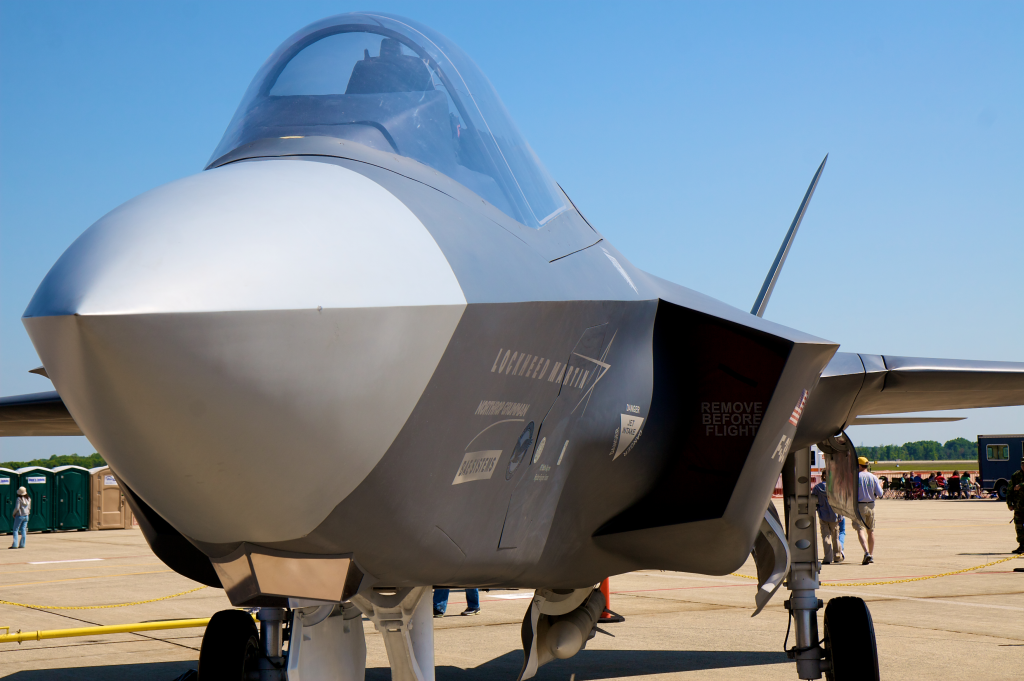
3. Combat Experience and Industrial Scale
More than 1,000 F-35s are in operational use in 14 countries with combat-proven deployments by the Israeli Air Force since 2018. The F-35’s worldwide logistics network provides spare parts, upgrades, and interoperability with allied systems for decades to come. The Su-57, in contrast, has been limited to fewer than 40 production units delivered, with Russia’s target of 76 by 2028 generally regarded as unrealistic under sanctions and industrial limitations. The Su-57 combat record has not been fully tested, and India would be its sole foreign operator, with questions regarding long-term support and upgrade feasibility.More than 1,000 F-35s are already deployed in several nations, and several US military branches intend to order additional aircraft.

4. Make in India: Policy, Technology Transfer, and Industrial Ambitions
India’s “Make in India” program is at the heart of its defense acquisition. Russia’s eagerness to establish a licensed Su-57 production facility in India fits this objective, with the prospect of indigenous employment and technology transfer. But the reality is more nuanced: Russia’s defense industry is heavily strained by the war in Ukraine and Western sanctions, restricting its capacity to deliver on promised technology transfer. That is a massive wager to make on a declining Russian defense industrial base, explained a retired flag-rank officer to National Security Journal.

The F-35, though providing unmatchable technology, has strict US export controls and few opportunities for local production or substantial technology transfer. Integration with India’s predominantly Russian-origin fleet would be problematic, and US defense procurements have often come with geopolitical strings attached that would limit operational sovereignty. The perks of the Sukhoi Su-57 are strictly political. Moscow is willing to establish a licensed production facility in India.

5. Domestic Aspirations: The AMCA and Kaveri Engine Challenge
The long-term answer for India is the Advanced Medium Combat Aircraft (AMCA), a twin-engine stealth fighter with the aim of induction in the mid-2030s. The AMCA will have cutting-edge stealth, supercruise, and sensor fusion capabilities, but its development is limited by the leisurely pace of the indigenous Kaveri engine program. The Kaveri engine, after decades of development, remains underpowered to meet fifth-generation standards, and India had to look for foreign cooperation to develop a 110–120 kN thrust engine. The recent development of ₹61,000 crores by the government towards AMCA engine development is a dramatic change but it points towards repeating the earlier underfunding mistakes.
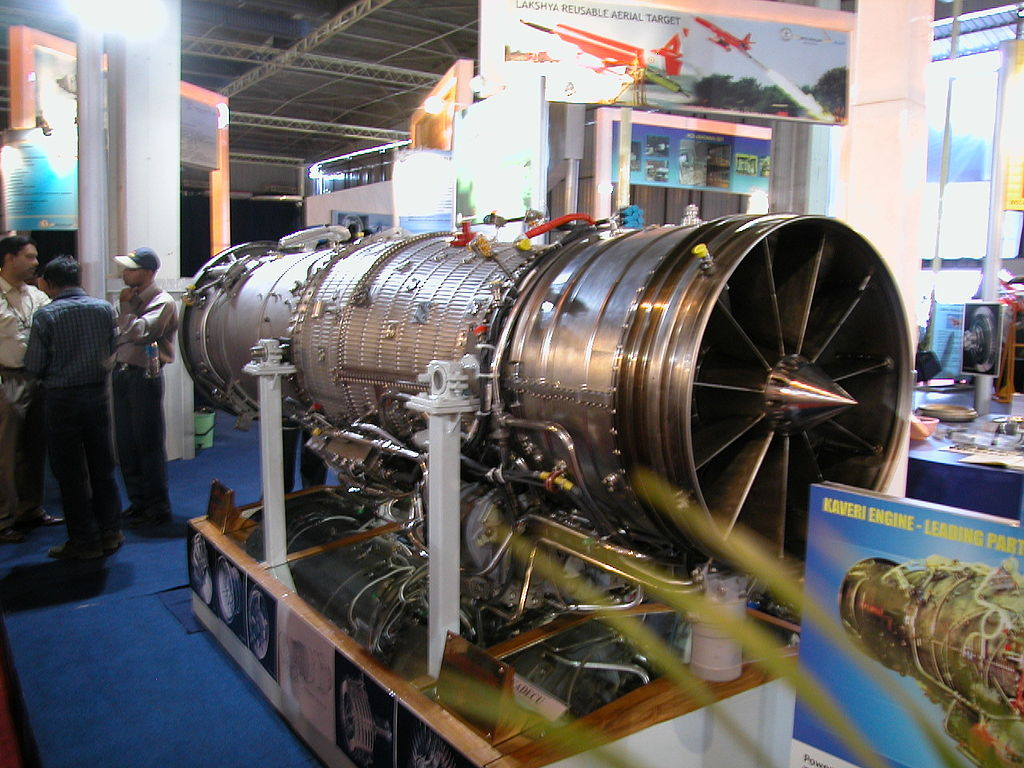
The largest obstacle in the program of the Kaveri engine was chronic underfunding. With a budget of under ₹2,500 crores spread over decades, GTRE was unable to acquire the latest materials, latest manufacturing technology, and expertise to close the technological gap with world leaders.
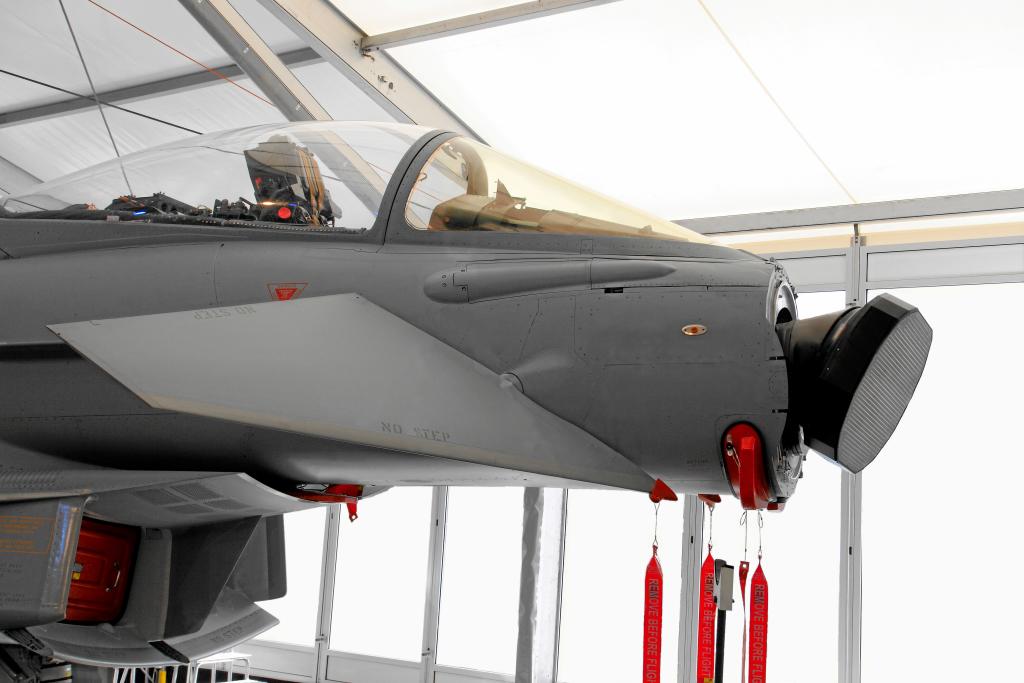
6. Fifth-Generation Technologies: Stealth, Avionics, and Sensor Fusion
Both Su-57 and F-35 feature next-generation technologies: stealth shaping, radar-absorbent materials, AESA radars, and sensor fusion. The F-35’s distributed aperture system and helmet-mounted display give pilots a 360-degree real-time tactical picture, combining radar, IR, and electronic warfare sensor data. The Su-57 has solid but less integrated avionics, and its foreign-sourced electronics have proved a drawback when under sanctions. India’s AMCA is expected to leverage lessons from both, but faces the challenge of integrating indigenous and imported technologies into a coherent, future-proof system.Next-generation fighters use faceted designs, curved surfaces, and radar-absorbent materials to reduce their RCS.

7. Geopolitical Calculus: Alliances, Sanctions, and Strategic Autonomy
India’s choice is not merely technical but deeply geopolitical. The F-35 provides access to a vast Western technology base, but the risk of entanglement in US export controls and changing foreign policy. The Su-57 provides local production and integration with current Russian platforms, but at the risk of being wedded to an ailing industrial partner with indefinite future support. Make in India policy and DAP 2020 framework seek to optimize local content and technology transfer but are constrained by budgetary limitations and unclear security policy in planning long-term.The Defence Acquisition Procedure 2020 (“DAP 2020”) is a central driver of growth path in this industry in reaching the goal of indigenous industry power through Make in India initiatives.
India’s choice on its next-generation fighter will shape not only its military equation with China, but also the direction of its defense industry and strategic alignments for the decades ahead.


